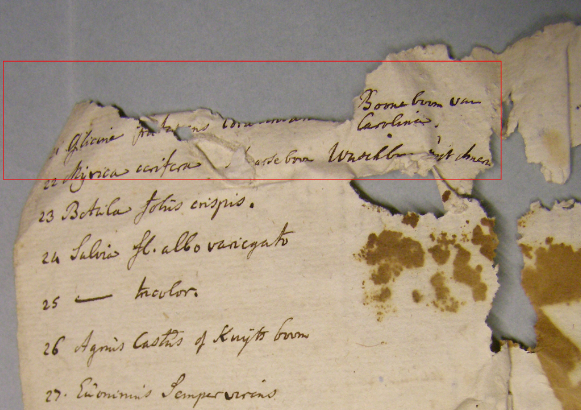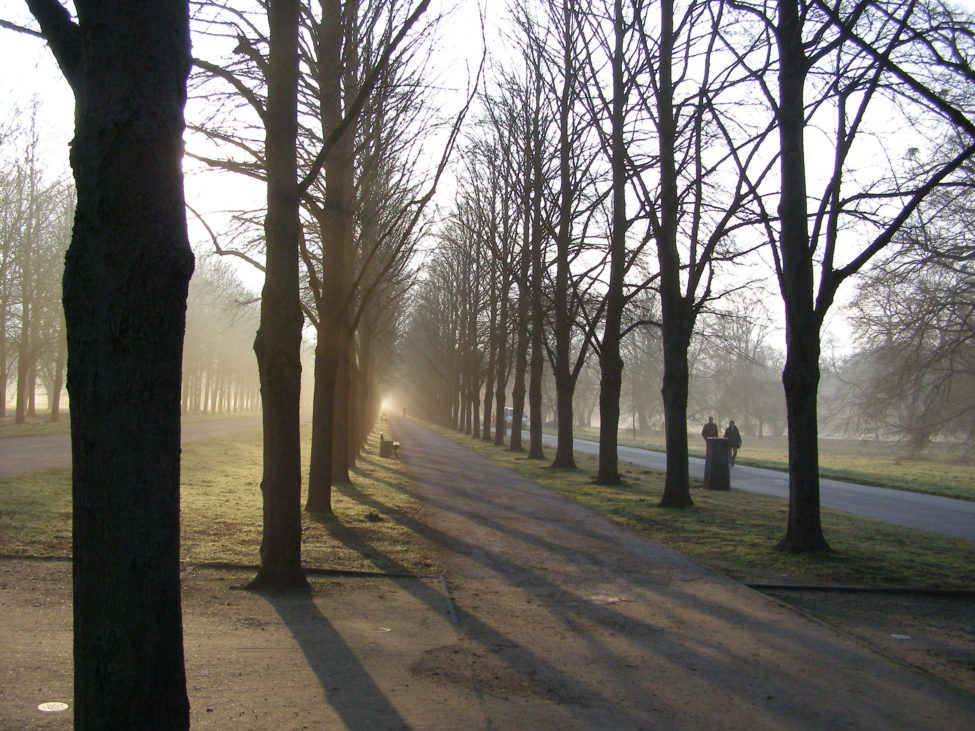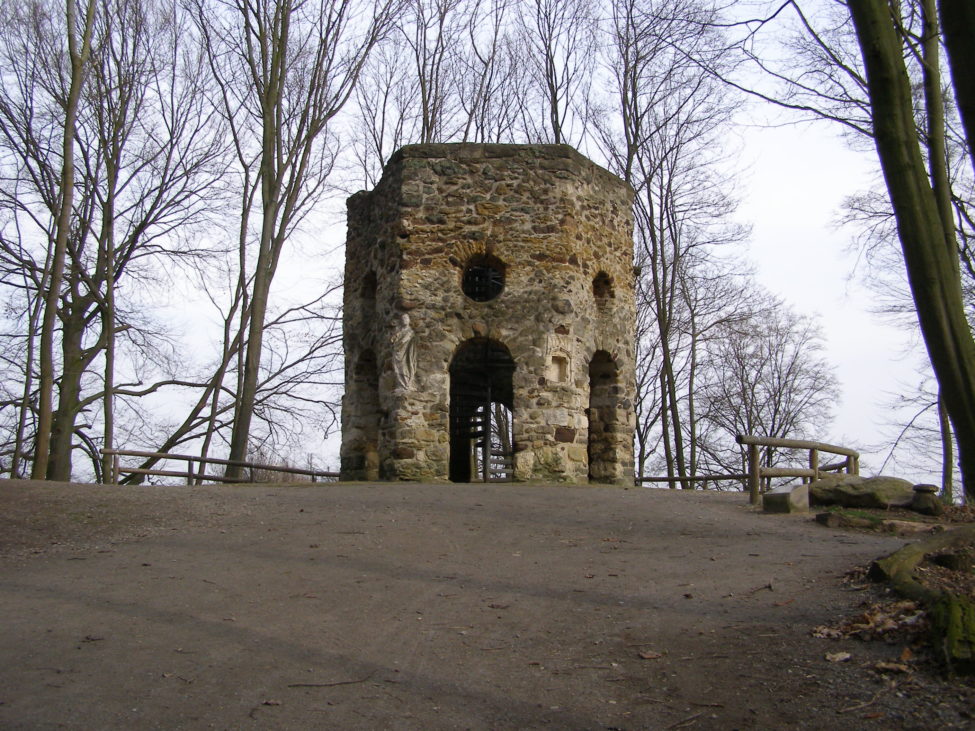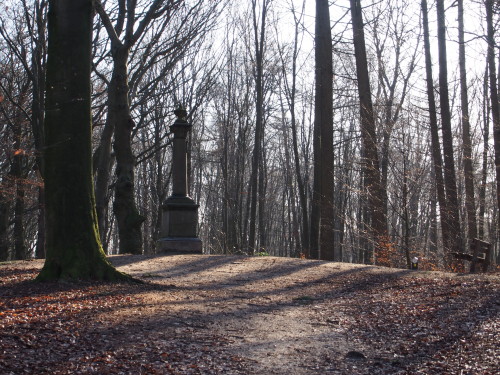A while ago I found that in 1775 someone with the name Lancelot Brown was entered in the records of Somerset House Lodge in London. It may be Brown the landscape architect, but without a further look at the records we can’t be certain. It could easily be another Lancelot Brown – for instance his own son. This post is just a quick follow-up.
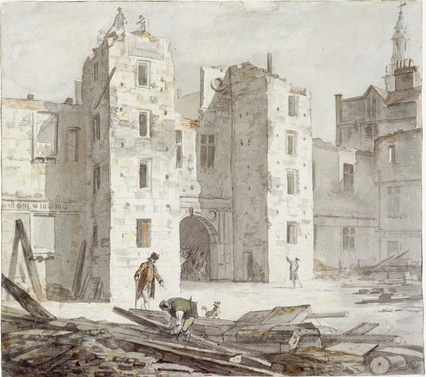 Reading up on Brown’s life to get a little more understanding of what he was doing in that period, I found something intriguing.
Reading up on Brown’s life to get a little more understanding of what he was doing in that period, I found something intriguing.
Jane Brown writes that Lancelot Brown visited Lord Bute at Luton Hoo in 1774. Bute had apparently fallen from grace with everyone, including shooting star Sir (to be) Joseph Banks.1Although the quote from Bute in reply to a request from Banks, can be read in a lighter fashion than she seems to do (see note 2 for the reference).
Later, soon after Bute’s new garden at Highcliffe was laid out, Banks made sure the garden would contain several varieties of Banksia’s, a new species Banks brought in from Australia. Kristina Taylor and Robert Peel see that as a sign of respect from the side of Banks. See their: Passion, Plants and Patronage. 300 Years of the Bute Family Landscapes (London 2012), p88.
She then argues that Brown’s relationship with Joseph Banks may have been compromised by Brown’s loyalty to Lord Bute. (To be honest, I’m not really sure why she insists on making this point.)
Be that as it may, she continues:
Many years later, Lancelot’s youngest son, Thomas, claimed that Banks and his father were ‘old friends’, but there is no evidence for this.2Jane Brown, in Lancelot ‘Capability’ Brown. The omnipotent magician 1716-1783 (London 2012), p244.
Here’s where things get interesting, I think. Because both Joseph Banks and Lancelot Brown were listed in the very same masonic lodge.3Rev. Arnold Whitaker Oxford, No. 4, An introduction to the history of the royal Somerset House and Inverness Lodge acting by immemorial constitution (London 1928), p304; in the ‘Index Fratrum Ædis’. Prior to 1768, Banks had joined the Old Horn Lodge, which merged with the Somerset House Lodge in 1774.
Was Thomas Brown right? Or was he aware that both Banks and his father had belonged to the same lodge, and simply assumed that they were friends?
There is always good reason to be skeptical about such family lore. Besides, there still is no reason to rule out that Thomas’ elder brother (also Lancelot Brown) was the one registered in the lodge.
But Thomas would at least have known which Lancelot hung out with Banks, wouldn’t he? And if someone with his father’s name is listed in the annals of the same lodge Banks was a member of. Then… we still need proof.
Footnotes
| ↑1 | Although the quote from Bute in reply to a request from Banks, can be read in a lighter fashion than she seems to do (see note 2 for the reference). Later, soon after Bute’s new garden at Highcliffe was laid out, Banks made sure the garden would contain several varieties of Banksia’s, a new species Banks brought in from Australia. Kristina Taylor and Robert Peel see that as a sign of respect from the side of Banks. See their: Passion, Plants and Patronage. 300 Years of the Bute Family Landscapes (London 2012), p88. |
|---|---|
| ↑2 | Jane Brown, in Lancelot ‘Capability’ Brown. The omnipotent magician 1716-1783 (London 2012), p244. |
| ↑3 | Rev. Arnold Whitaker Oxford, No. 4, An introduction to the history of the royal Somerset House and Inverness Lodge acting by immemorial constitution (London 1928), p304; in the ‘Index Fratrum Ædis’. |

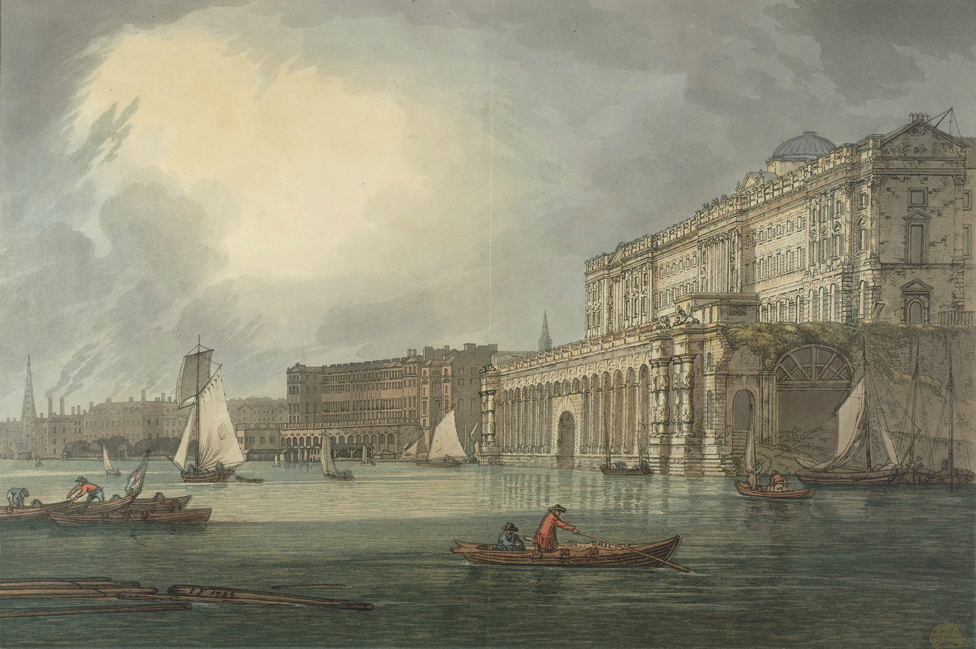

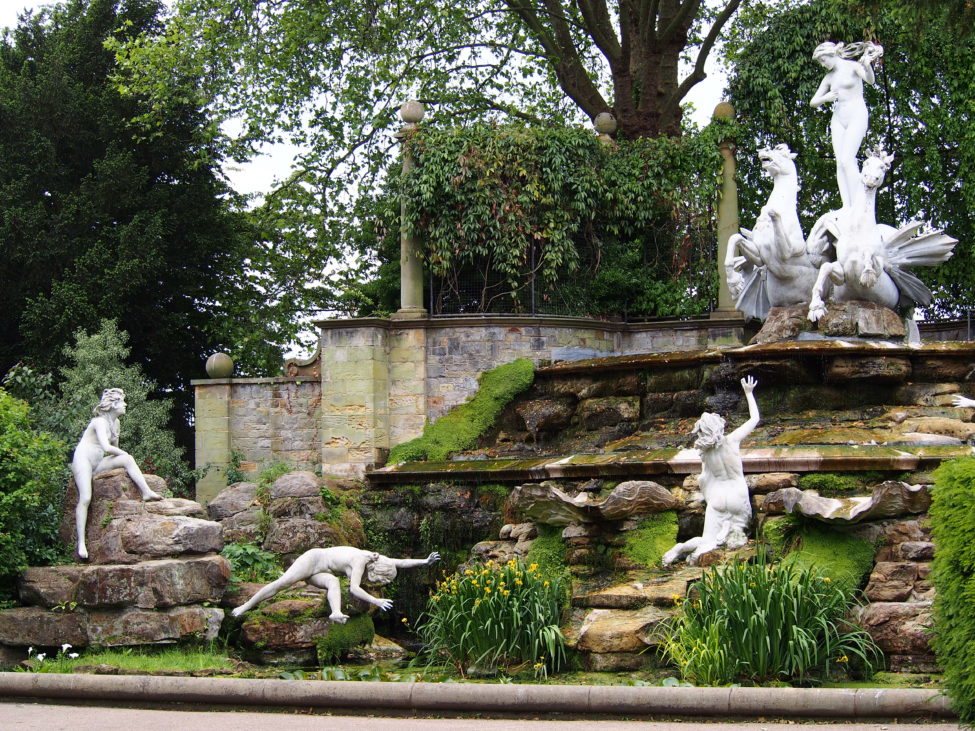
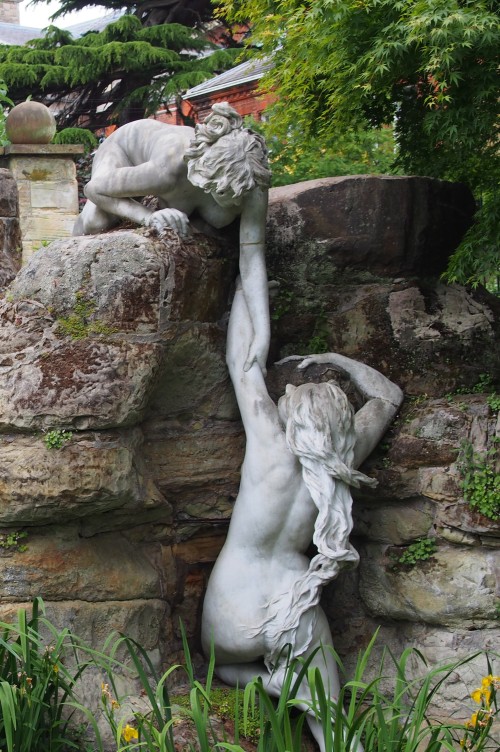
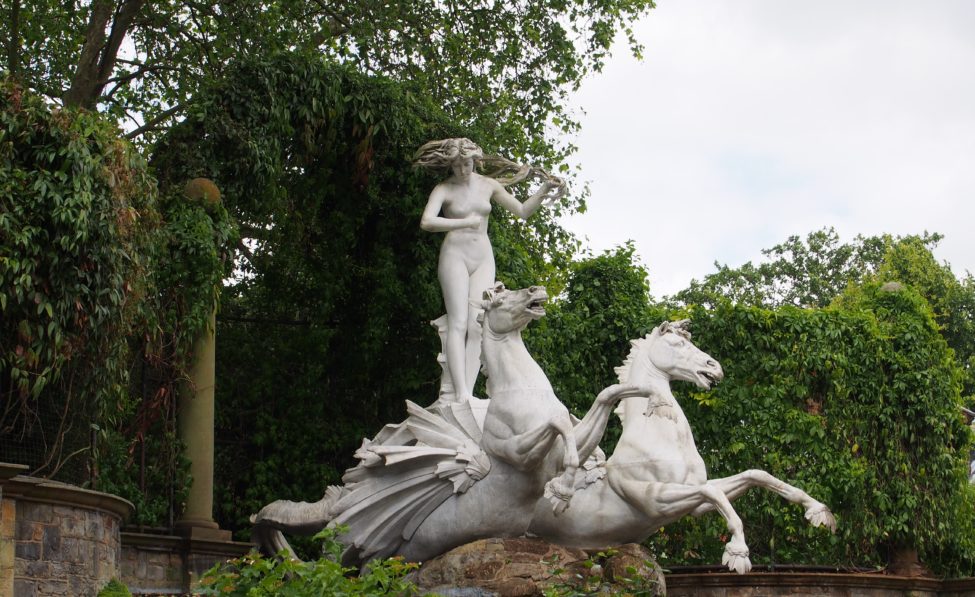
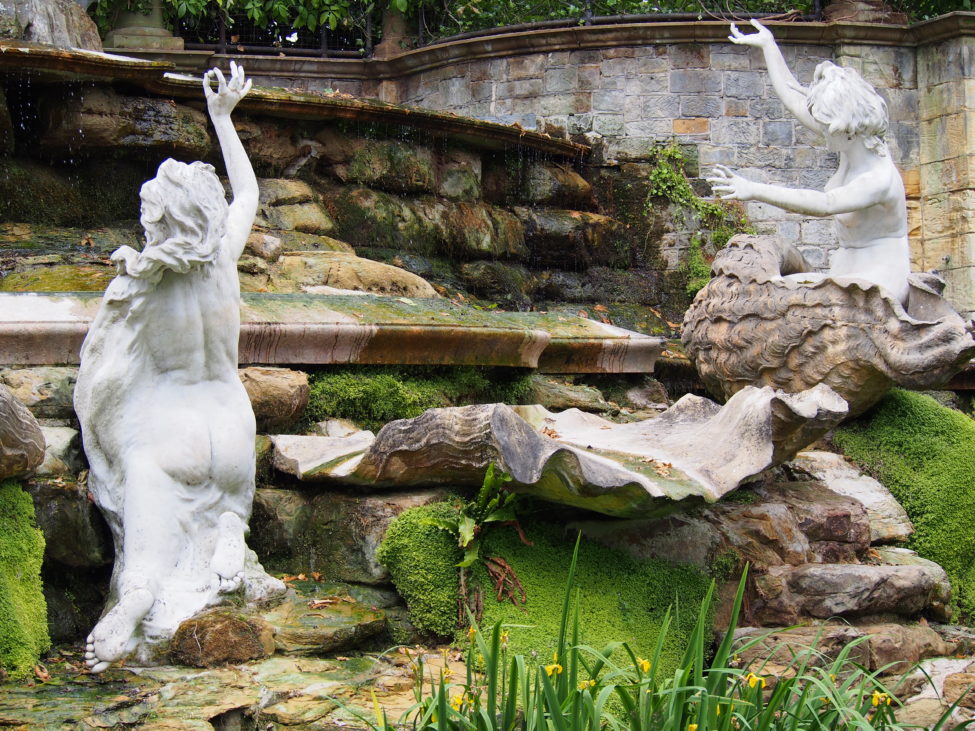
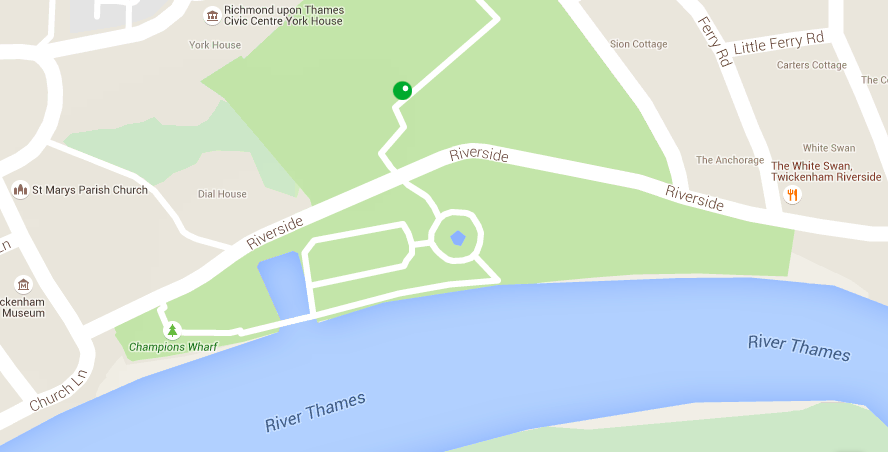

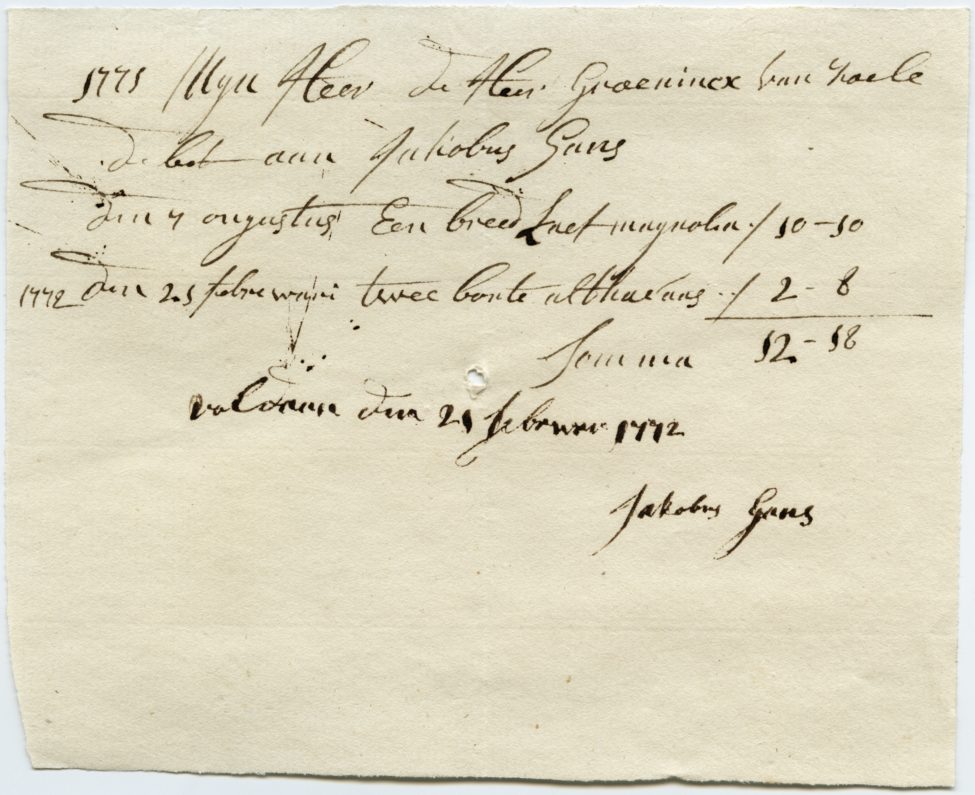
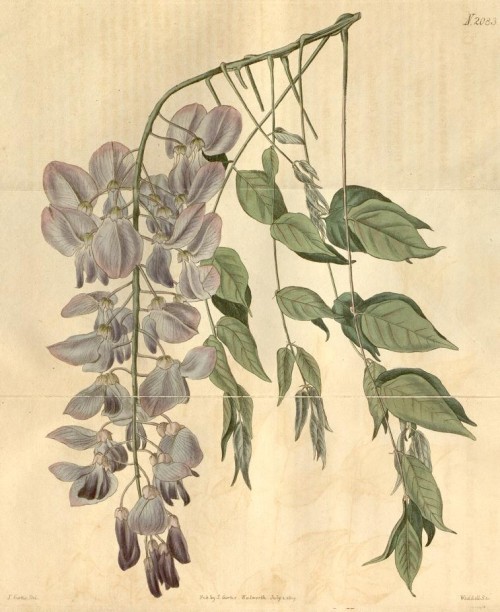 Glycine
Glycine